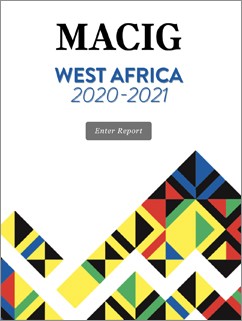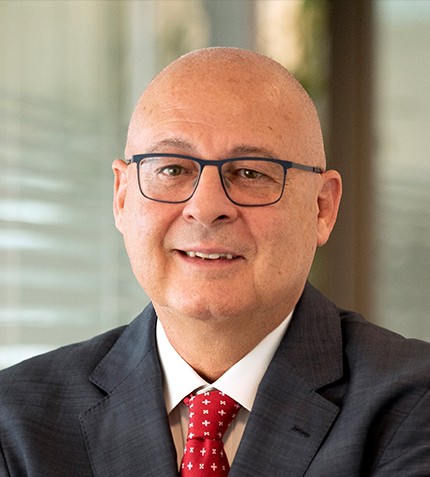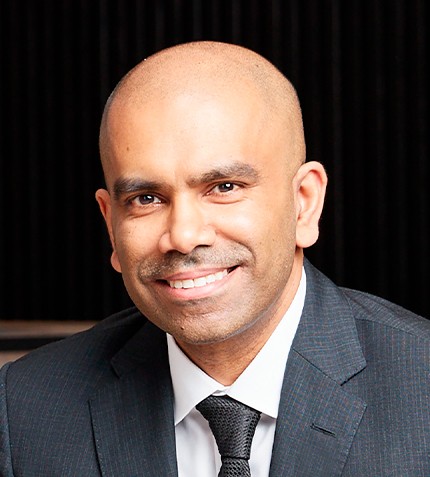
"After 10 years of underinvestment in the sector, I expect investment in exploration to increase substantially in the years ahead, with many more gold, copper and other discoveries to be made in Africa."
RELATED PUBLICATION
ARTICLES FROM THIS PUBLICATION
Steven Poulton
CEO, ALTUS STRATEGIES
Altus Strategies is among a few mining royalty generators. Could you introduce the company?
Altus was founded in 2007 and despite the 2008 financial crisis and the grinding resource bear market that commenced in 2012 we successfully listed the Company on the London stock exchange in 2017 before quickly securing a dual listing in Toronto in 2018. Our business model remains unchanged: to generate low-risk exposure to the exceptional returns that can be generated in our notoriously high-risk industry. We achieve this by growing a diversified portfolio, by working with third parties to finance the development of our projects, and by retaining as well as acquiring royalty interests.
We call this the “sweet spot” of mining investment: the combination of short-term discovery upside with long-term perpetual royalty income.
La Mancha acquired 35% of Altus. Could you elaborate on your current shareholder structure?
La Mancha, a well-known precious metals investment group that also backs London and Toronto listed Endeavour Mining, announced a C$11.2 million investment in Altus in February 2020. La Mancha now holds a 35% interest and a further 18% of our shares are insider-owned between the company’s board and the management team. This alignment of interests is fundamental in making sound financial and strategic decisions. Other important shareholders we are delighted to have on our register include Sprott, a globally renowned investor in natural resources who has been supporting us since 2012, as well as groups such as Delphi, Adrian Day Asset Management and Credit Force.
How do you observe investment appetite in the royalties’ sector?
The mining sector is challenging; it is difficult to get critical mass and you are constantly vulnerable to commodity cycles. Between 2011 and 2020 we saw little to no appetite in the sector. However, royalty companies can be somewhat shielded from many of the issues faced by the mining companies, for whom margin is key. The royalties segment of the sector is relatively small by number and there have been many new entrants in the last couple of years. The number of companies that operate the royalty generator model is even smaller, with EMX Royalties and Altius Minerals being the key well-established and also successful groups. The investments made by La Mancha in Altus show that large institutional investors understand our business proposition providing exposure to discovery upside in Africa as well as perpetual royalty cash flows.
Can you share more details about your exploration portfolio and portfolio strategy?
With our team of 15 geologists, we identify potential discoveries in Africa. We are currently active in six African countries, with 32 assets in total, which includes eight organically generated royalties and recently acquired cash paying royalty on the Caserones copper mine in Chile. In our discovery strategy, Altus seeks partnerships early on, to share the risks and the costs, while in turn also creating a diversified portfolio for our shareholder.
We prioritize geology and exploration risk rather than acquiring second-rate ground in lower risk jurisdictions. Except for South Africa, the average discovery depth in Africa is only nine meters below the surface, so discoveries are both faster and cheaper. After 10 years of underinvestment in the sector, I expect investment in exploration to increase substantially in the years ahead, with many more gold, copper and other discoveries to be made in Africa.
What are your medium-term goals at Altus Strategies?
Over the next six months to a year, we will be recommencing drilling at Diba in Mali to generate an updated resource statement and preliminary economic assessment. With our JV partner Marvel Gold, we will be expecting a resource update for Tabakorole, also in Mali, which we expect to go over one million ounces. Meanwhile, we hope to announce more discoveries in Egypt’s Eastern Desert, look to monetize our copper-silver portfolio in Morocco, as well of course as completing further accretive royalty acquisitions.











